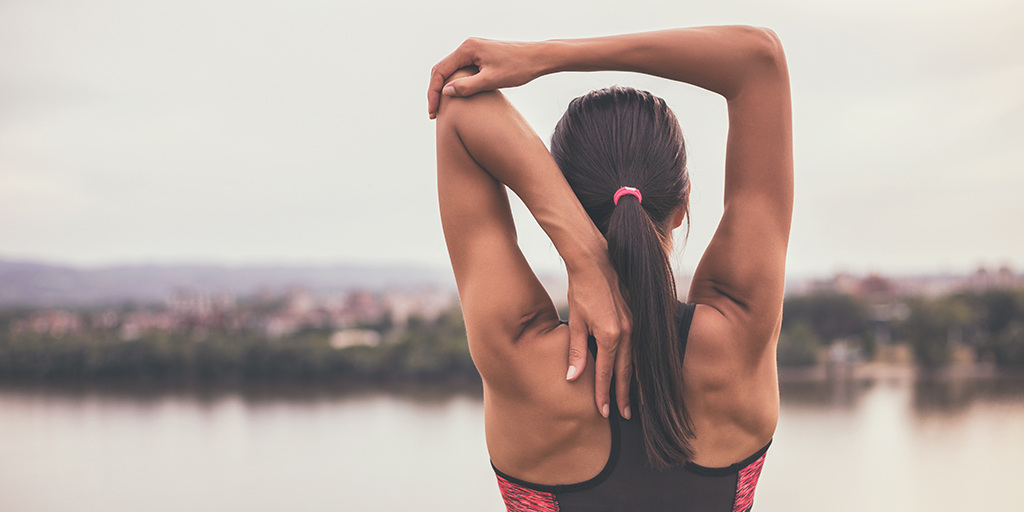Health and Fitness: Put your back into it
 CREDIT: MELISSA NOVACASKA
CREDIT: MELISSA NOVACASKACaring for your back is important and seeking out the right amount of exercise and attention it needs is vital to living a healthy lifestyle
Your back needs your care and attention. With so many muscles extending to and from your back, this is the epicenter of movement and posture for your body. It's important to strengthen and maintain a certain degree of flexibility in order for your spine, hips and shoulders to move in an appropriate range of motion, without risking injury.
Let's start with stability. Before you pick up weights, assess your back health in a variety of ways. First, lie face down on the floor with your arms extended on the floor beside your head. Lift one arm and the opposite leg at the same time and note any discomfort in the glutes, hamstrings, low back, upper back or shoulders. Do this on the other side as well. Soreness can indicate tension in these areas or lack of strength. If you are unable to do this motion at all, then you may have poor flexibility and poor strength in both the back and front of the body. Stay in the same position and try to lift all four limbs from the ground and see what happens. Soreness or instability here can indicate poor glute or low back strength.
The next stability test you can do is the single leg deadlift (no weights) or think of Warrior III in yoga. Stand on one foot and pretend you have a straight line from the top of your head to your heel and you can't break that line. Tip forward at the hips as you lower your head and lift your leg until they are parallel or almost parallel with the floor. Your hips should face forward or down and not turn out, you should be able to maintain that straight line and keep you abdominals held tight. If you can only maintain the posture with a slight tip forward, then you may need more strengthening for your abdominals, low back, glutes or hamstrings. You may want to try this in front of a mirror to watch your form or ask a trainer for help.
For flexibility, start with the sit and reach test. Without bending your legs, reach toward your toes and note where your tension comes from (back or glutes or hamstrings). Also, can you reach your toes or reach past them without any pain? This is a great stretch to practice and relieve tension after a workout. You may also want to try sitting and extending one leg on the floor and crossing the other leg over with a bent knee and foot flat. Bring your opposite shoulder to the bent knee and take your free arm and reach to the floor behind you. Are you able to do this twist? How does your back feel? Again, another good practice either before or after a workout.
For strengthening, start with a seated or standing cable row. This will help strengthen core stability and also work on the upper muscles of the back. You can also add a modified deadlift (only lowering the weight to or just past your knees) as well as multiple abdominal and core stability exercises to help strengthen and stabilize the back.
Come and see us anytime in the Student Wellness Centre for further back health direction or check out one of our 6-Pack and Backpack classes for core, back and glute exercises. For more information and class times, please visit the Student Wellness Centre on campus or studentwellnesscentre.ca














